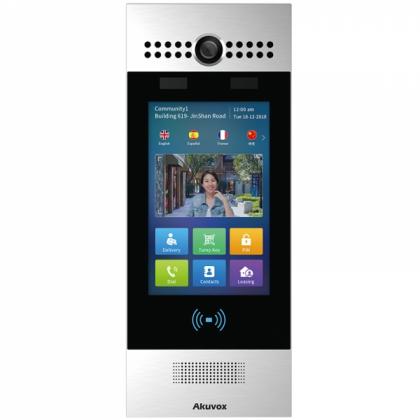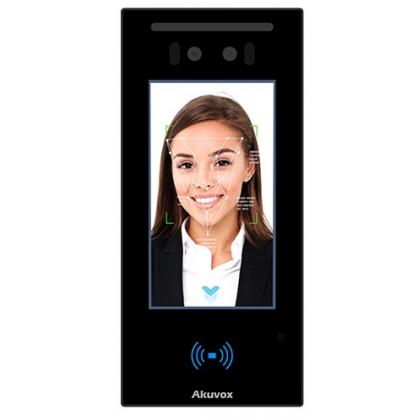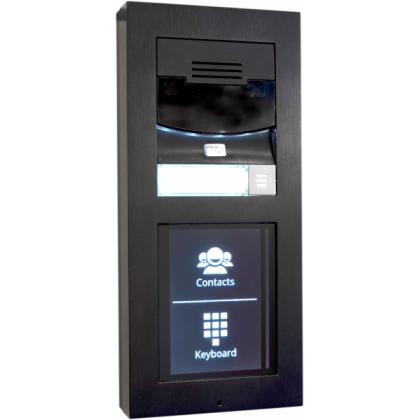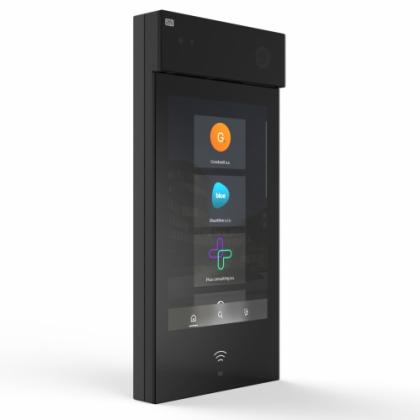The increasing trend and demand for contactless authentication and identification methods is notably a result of the COVID pandemic and the need to minimise 'touch points' throughout the building.
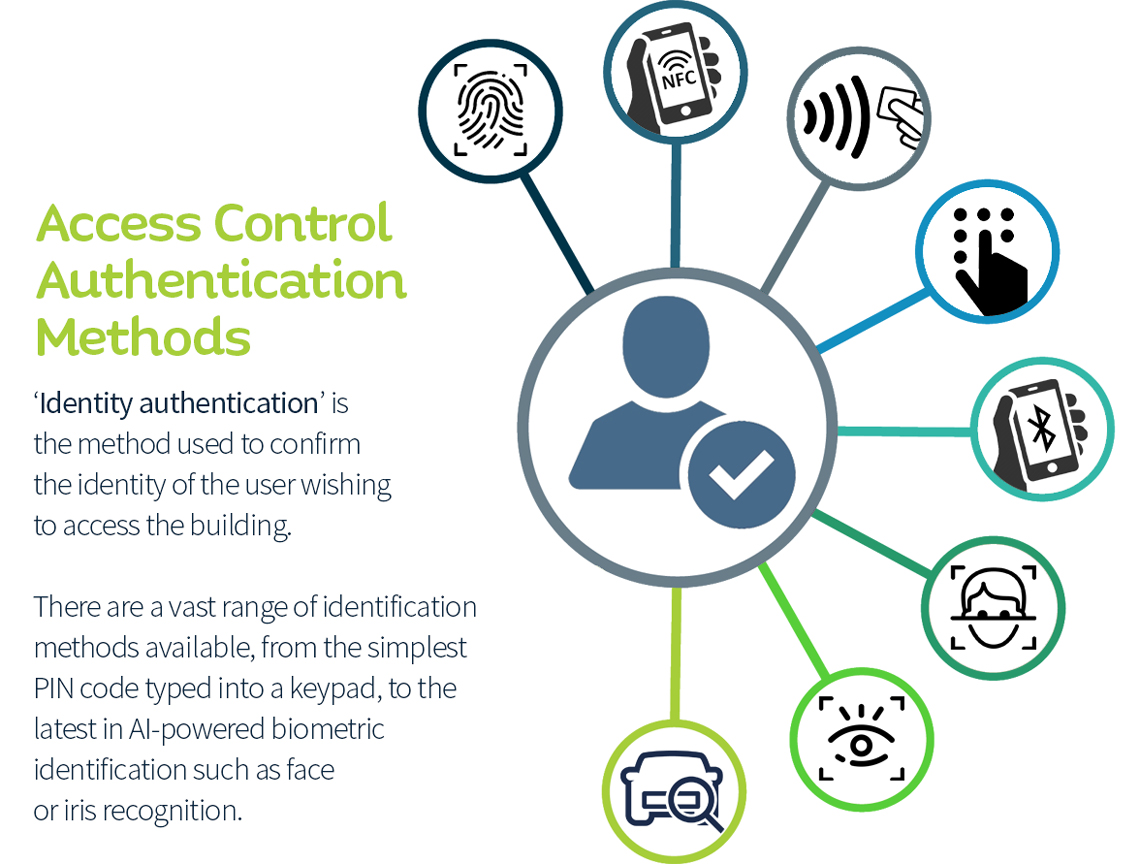
Contactless authentication allows residents and staff to confirm their unique identity in order to allow access to the building. There are an increasing range of contactless identification methods available, from the conventional RFID key fob or ID card, to the latest in AI-powered biometric identification such as face or iris recognition.
Contactless authentication methods:
|
 |
-
RFID – (radio frequency identification) the most common ‘contactless’ radio frequency authentication method used in ID keyfobs and cards. Available in various frequencies.
Available in both 126kHz and the more secure 13.56MHz versions.
-
Secure RFID - Access Control units with secured RFID can read a card’s PAC ID (if the card or fob supports it) or Serial Number, whereas the normal module only reads the card’s Serial number. You can choose in the allowed card types which the module will read – PAC or Serial Number.
|
 |
-
NFC – (near field communication) is the latest generation of RFID contactless communication. It is the same technology used for contactless payments from credit/debits card and increasingly from your smart phone or smart watch. NFC allows for short range, secure access authentication using your smart phone as a 'keyless' identification device.
Smart phone keyless entry can provide significant savings on time and cost, compared with physical keys or ID cards/fobs and makes user account management easier and more efficient.
|
 |
-
Bluetooth (BLE) – (Bluetooth low energy) one of the more recent options for keyless entry via smart phone, Bluetooth Low Energy provides a contactless identity verification method with reduced energy consumption, making it a increasingly popular choice for authentication via portable devices.
BLE allows for keyless entry without significantly draining users' smartphone batteries.
|
 |
-
QR Code Scanning – ideal for single-use or temporary access permissions (eg. parcel deliveries or service staff), a unique QR code can be generated with limited time/date/use quantities and sent to a visitor’s smart phone to be scanned at the access control endpoint device.
An access QR code can be generated and distributed in a matter of seconds.
Imagine, for instance, if a visitor arrives early and you’re not home to let them in, or a high-value package is delivered that you don’t want left outside the front door. Simply generate a unique, time-limited entry QR code and send it to your visitor who can immediately scan the code from their smart phone to unlock the door without having to wait for your return home.
|
 |
-
Face Recognition – This form of biometric authentication uses a high resolution cameras and AI technology to scan each individual registered user’s unique facial features for identity verification.
It's clear that secure, hands-free technology such as this is a vital part of future-proofing new buildings to help combat the spread of viruses and infection; whether it be prevention of COVID-19 or regular seasonal bugs, colds or flu.
|
 |
-
Iris Recognition – This form of biometric authentication uses a high resolution scanner for highly secure authentication via iris recognition.
|
 |
-
ANPR (Automatic Number Plate Recognition) - ANPR is a technology that uses optical character recognition on images to read vehicle registration plates to create vehicle location data.
|
Find out more...
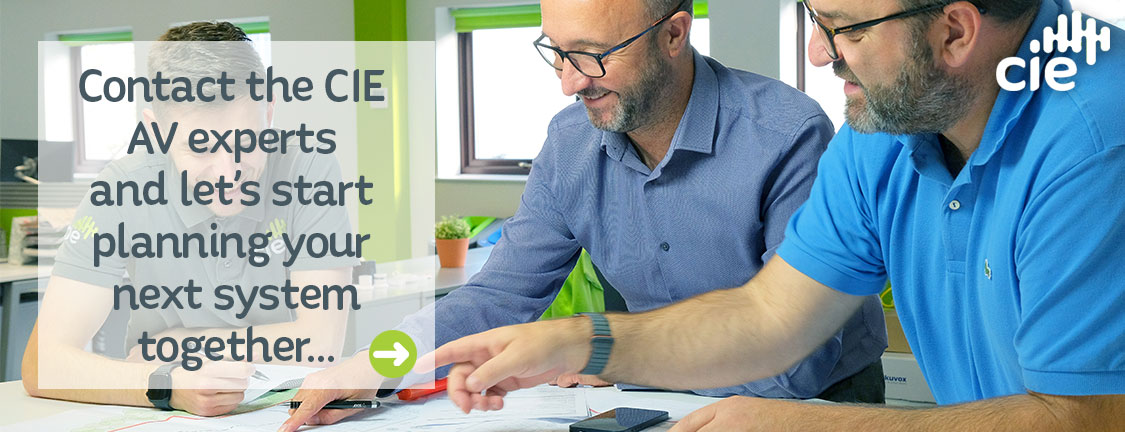
Need help choosing the right Door Intercom or Access Control device?
CIE is one of the UK's leading distributors of professional access control and door intercom products from leading brands 2N and Akuvox.
Our professional system design team provide a unique system architecture service for installers and integrators to help you deliver the best in door entry and access control technology.
If you would like to discuss your next access control system or would like more information on our full range of security products, please call our team today on T. 0115 9770075 or email us now.


